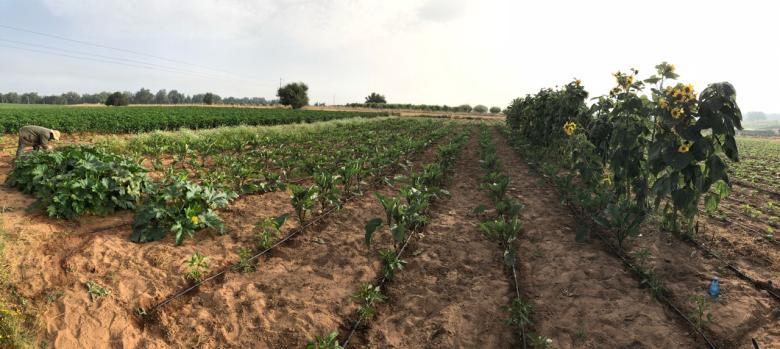
Farming with Alternative Pollinators (FAP)
Farming with Alternative Pollinators (FAP) is a new low cost and economically self-sustaining approach to protect pollinators (Christmann and Aw-Hassan 2012; Christmann et al. 2017; Christmann 2019a, b). FAP increases the net income per surface substantially and thus obviates rewards. FAP compares FAP fields (75% of the area for the main crop, 25% of the field for habitat enhancement including different marketable plants to attract a higher diversity of pollinators, provide shelter against wind, nesting and water support out of local materials), with control fields (100% for the main crop) concerning insect diversity and abundance (pollinators, predators and pests) and total net income. The approach is replicable across continents and affordable also for Low Income Countries. FAP focuses on capacity building, a performance and productivity related incentive for farmers and a cross-sector policy mix. It generates many cross-cutting benefits (Christmann 2019c).

